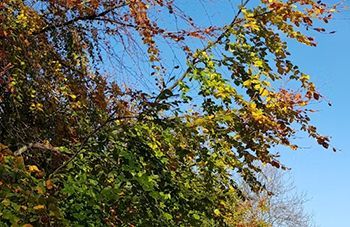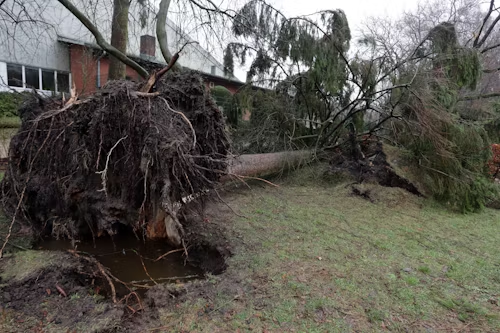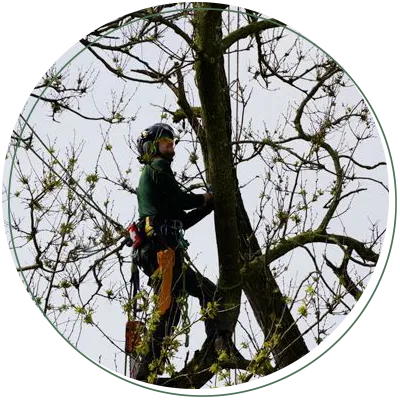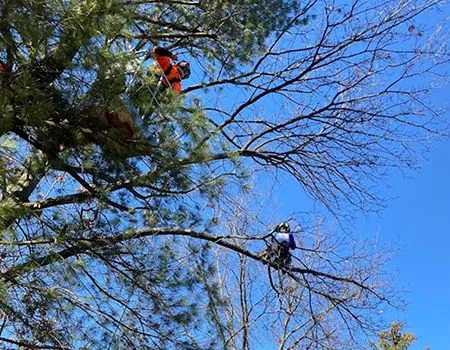Elevated Tree Care Blog
5 General Signs of Tree Disease that Mean You Should Call a Certified Arborist

When disease strikes, the affected tree can quickly become a safety hazard or die off entirely. Tree diseases are often subtle at first, and many property owners don’t realize something is wrong until the damage is advanced. By recognizing early warning signs and consulting a certified arborist, you can often save the tree or safely remove it before it causes problems. At Elevated Tree Care, our local ISA-certified arborists can identify diseased trees, and then determine the appropriate course of action for addressing the issue. Here are five general signs of tree disease that warrant professional attention.
Discolored or Misshapen Leaves
Leaves are often one of the first places where disease symptoms show up. If your tree’s leaves are turning yellow or brown out of season, wilting, or developing spots or unusual patterns, it could indicate a fungal or other type of infection. A certified arborist can diagnose the issue and recommend treatments to help restore your tree’s health or prevent the disease from spreading to other trees.
Dead/Dying Branches
While the occasional dead branch is normal, a pattern of dieback is a serious red flag. This could be a sign of root rot, vascular disease, or pest infestation. Dead branches are not only a sign of poor tree health but also pose a risk of falling. An arborist can determine if selective pruning or removal is needed to protect your property.
Cracks/Cankers on the Trunk
Visible damage to a tree’s trunk, such as deep cracks or sunken areas called cankers, is often a sign of disease. Cankers can be caused by fungal infections. These areas can compromise the structural integrity of the tree and make it more susceptible to falling during storms. An arborist inspection will help determine the extent of the damage and the best course of action.
Fungal Growth at the Base
Fungi growing at the base of a tree are a strong indication of internal decay. While the exterior of the tree may still look healthy, the presence of fungi often means that rot has taken hold inside. This internal damage can weaken the tree significantly and make it prone to collapse. A certified arborist can assess the structure and decide if the tree can be treated or should be removed.
Sudden Thinning of the Canopy
If your tree’s foliage appears sparse or thin compared to previous seasons, it may be battling a disease that affects its ability to transport water and nutrients. This symptom can be linked to root problems, nutrient deficiencies, or systemic infections. Prompt diagnosis by an arborist can help uncover the cause and give your tree a better chance of recovery.
Tree Care in Pittsburgh, PA
When you need
tree care in Pittsburgh and the surrounding area, contact Elevated Tree Care at
412.695.3545. Feel free to give us a call to request an arborist estimate in Pittsburgh!









